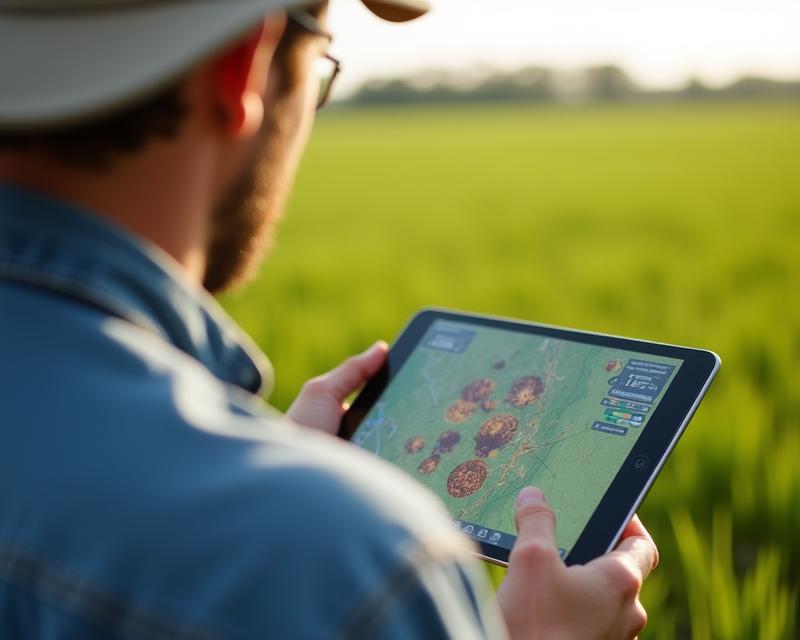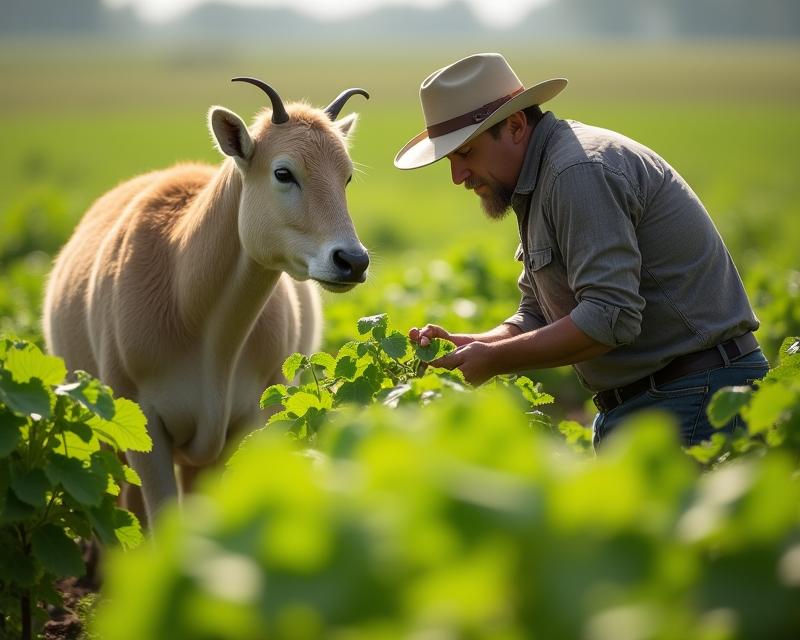Maya's Cosmic Calendar: Farming & Astronomy
Publish in Sustainable Farming el 21/07/2025 20:41
The Maya's Agricultural Wisdom: A Celestial Calendar
For centuries, farmers have looked to the sky for guidance. While modern technology provides precise planting schedules, it's fascinating to explore how ancient civilizations like the Maya used astronomy to deeply understand and align their agricultural practices with the cosmos. Their sophisticated calendar system wasn't just about tracking days; it was a comprehensive guide to the agricultural year, ensuring bountiful harvests.

A Deep Connection to the Stars
The Maya weren't just observing the sun and moon; they meticulously tracked the movements of planets, stars, and even eclipses. They believed these celestial events influenced the fertility of the land and the success of their crops. Their calendar wasn't a simple linear progression; it was a complex interwoven system of interlocking cycles. The most well-known is the Haab' (365-day solar calendar) and the Tzolk'in (260-day sacred calendar). These two calendars combined to form a 52-year cycle, a crucial framework for planning agricultural activities.
Planting & Harvesting: Guided by the Cosmos
The Maya calendar dictated precise planting and harvesting times. For example, certain days within the Tzolk'in were considered auspicious for planting specific crops like maize (corn), beans, and squash – the 'Three Sisters' that formed the foundation of their diet. They believed planting on the correct day maximized growth and yield. Similarly, the calendar signaled the optimal time to harvest, ensuring the crops reached peak ripeness and flavor. Eclipses, for instance, were often associated with periods of rest or specific agricultural rituals, influencing when certain activities were paused or initiated.
Lessons for Modern Farmers
While we have advanced tools today, the Maya's approach offers valuable insights. Their deep understanding of natural cycles and their respect for the environment resonate with modern sustainable farming practices. Paying attention to weather patterns, lunar phases, and even subtle changes in the landscape can help us make more informed decisions about planting and harvesting. It's a reminder that agriculture isn't just about science; it's about understanding the interconnectedness of all things. By observing and learning from the natural world, we can cultivate a more harmonious and productive relationship with the land, just as the Maya did thousands of years ago. Consider incorporating lunar planting calendars or observing weather patterns alongside your traditional methods – you might be surprised by the results!





